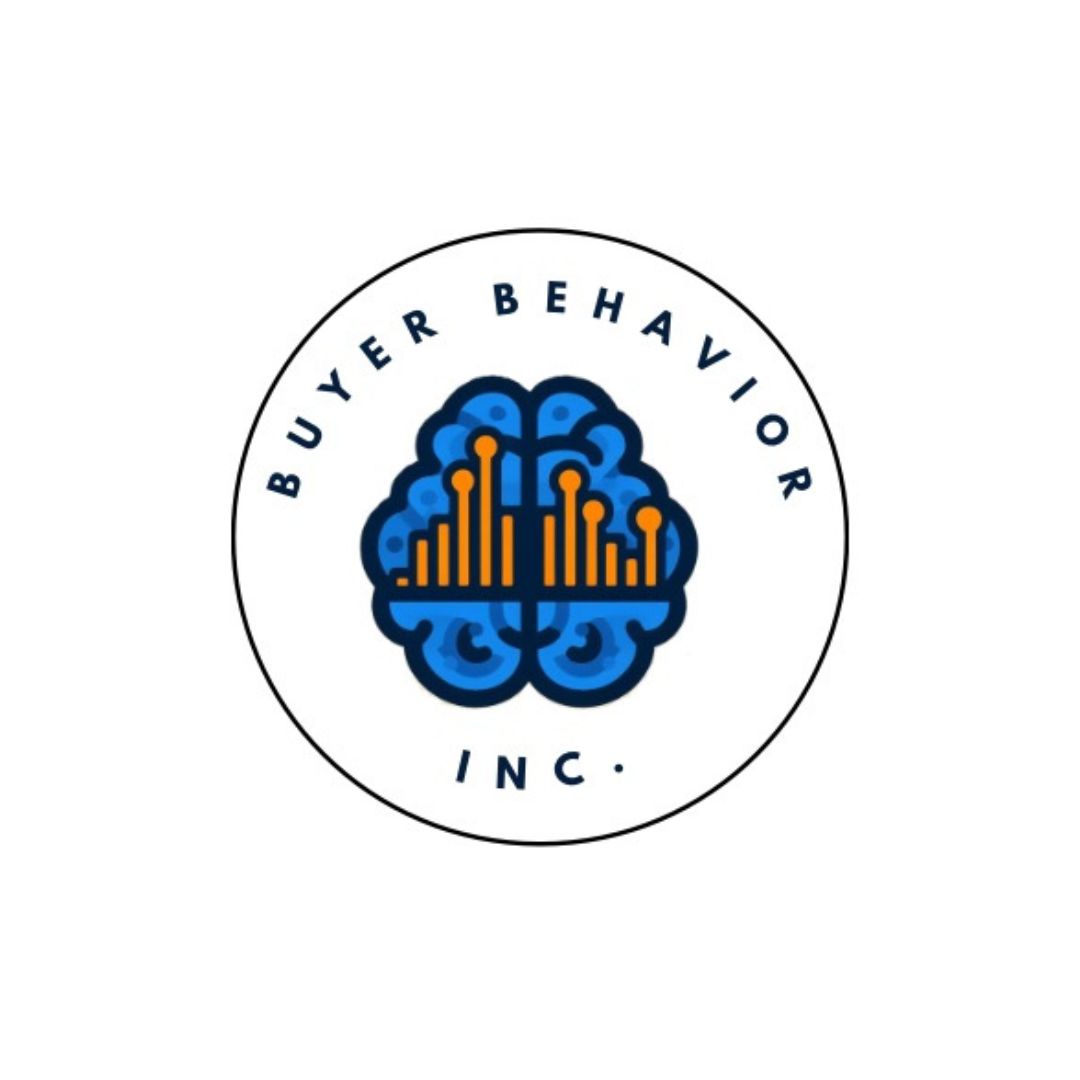
The Psychology Behind the Clicks
The Psychology Behind the Clicks: Why Human Behavior Matters in Digital Marketing & Sales
By Dr. Kieva Hranchuk, The Buyer Behaviorist
Here is the truth: Every click, scrolled webpage, and completed purchase online is a glimpse into what motivates human behavior. Understanding why consumers do what they do on the internet isn't just about behavioral psychology; it's a key player in the digital marketing game.
Let's break down the psychology of online decision-making. Choices made online are often rapid and automatic, or what some might call "subconscious". That's where behaviors like the 'mere-exposure effect' or the 'paradox of choice' come into play. For instance, consumers are more likely to engage with branding they recognize due to mere exposure, and too many options can freeze decision-making and hurt conversions.
I'm going to teach you how to harness these behavior patterns to craft marketing strategies that truly connect. Imagine tailoring your digital presence so effectively that it feels like a natural conversation rather than a sales pitch. This level of understanding leads to strategies that not only attract clicks but also foster enduring customer relationships.
This isn't just about providing your audience with what they want; it's also about anticipating their needs. When you start to piece together the why behind the click, you can begin to predict future behavior. And guess what? That’s a goldmine for any digital marketer.
You can always adjust your approach down the road, but getting started on the right foot involves gathering and analyzing data. And that's how we’ll lay the foundation for personalizing digital experiences – a topic I'll dive into in the next section.
From Insight to Personalization: Tailoring Digital Experiences
Imagine you're scrolling through your social media feed, and you see an ad for something that's so spot-on, it's like it was made just for you. That's no accident. It's a result of marketers understanding human behavior and leveraging that to tailor digital experiences. Let's talk about how they do it.
First off, data is king. Digital marketers use the insights they gain from data analysis to segment their audience. This means they break down their audience into smaller, more specific groups based on shared characteristics or behaviors. By doing this, digital marketers can create custom content that hits the mark, because it addresses the particular needs, desires, and pain points of each segment.
And the evidence is clear: personalized campaigns work. In fact, according to a survey by Epsilon, personalized email campaigns, for example, can drive up to six times higher transaction rates. But it's not just emails. Website content, ads, and social media can and should be personalized too.
Let's look at a couple of success stories. Take, for instance, Spotify's year-end 'Wrapped' campaign. By using personal listening data, Spotify gives each user a unique, personalized summary of their year in music. This has become a highly anticipated event for users and a shining example of personalization done right. Then there's Amazon's recommendation engine, which uses previous purchase and search history to suggest new products that users might like, boosting both engagement and sales.
But personalization isn't just about throwing data into a computer algorithm and hoping for the best. It's about creating a more human experience. Marketers need to ensure that their efforts in personalization feel personal, not invasive. This is where your understanding of your audience's behaviors becomes crucial. Your approach should be empathetic and respectful of privacy, which builds trust.
In my opinion, balancing personalization with privacy is the art of modern marketing. When done right, it's about enhancing the customer journey, not intruding on it. And once you've got the personalization dialed in, it's time to go deeper into the compass of your campaigns: behavioral data.
Behavioral Data: The Compass for Navigating Marketing Campaigns
One of my goals is to open your eyes to the incredible value of behavioral data in steering your digital marketing efforts. It's not just about collecting data, but about understanding it and acting on it. With analytics tools, you can glean insights into what content attracts your users, which emails they open, and which ads lead to conversions.
Adjusting marketing tactics becomes much more efficient when it’s informed by behavioral data. For example, if you notice a high drop-off rate at a certain step in your checkout process, you can investigate and rectify the issue. This isn't just about solving problems—it's about optimizing the entire customer journey.
Moreover, predictive behaviors are not just buzzwords; they're actionable insights. By analyzing patterns and trends, you can forecast future actions and preferences. This allows you to be proactive rather than reactive, tailoring your marketing to meet consumer needs before they even express them.
As you transition to the next section, remember that data-driven strategies are most effective when they're used to establish and reinforce trust with your audience. Trust is the foundation of any long-term customer relationship, and by leveraging data responsibly and transparently, you can create content that not only attracts but also retains and delights your customers.
Building Trust and Authority through Consumer-Centric Content
I'm here to help you understand why trust and authority are the cornerstones of successful digital marketing. It's not just about getting your message out there; it's also about creating content that users find valuable, reliable, and relevant.
Trust is built slowly, but I can't stress enough how much it pays off. By consistently delivering well-researched and useful content, you establish authority in your niche, which translates into a loyal customer base. They'll keep coming back, and they'll bring their friends.
Engagement isn't a one-way street. Actively seek out and consider user feedback. It's a golden opportunity to refine your content strategy and ensure you're meeting the needs of your audience.
Factoring in E-E-A-T guidelines is crucial for trustworthiness and reliability in your marketing messages. Showcase your expertise and authoritativeness by citing credible sources and sharing original insights.
In my opinion, when you prioritize trust and expertise in your content, you're not just marketing; you're building a community around your brand. In the fast-paced world of digital marketing, that's an investment that goes beyond any single campaign.
Kieva
–
Dr. Kieva Hranchuk, Ph.D., BCBA-D
The Buyer Behaviorist
Founder & CEO at Buyer Behavior Inc.

I teach the WHY behind the BUY
Let’s sell smarter—with psychology.
